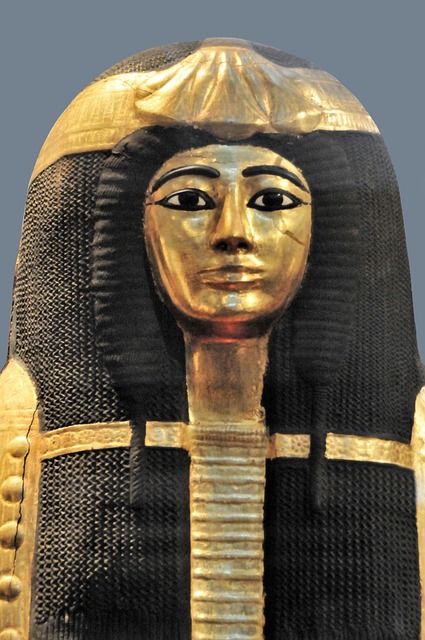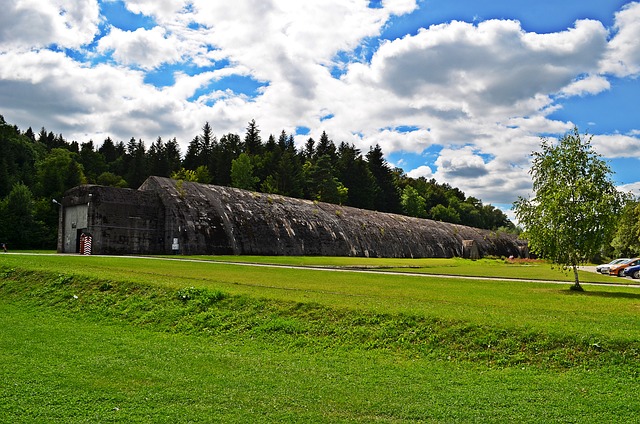The Art of Discovery: Curating Your Ideal Museums Tour
Visiting museums can be a transformative experience, allowing visitors to delve into the rich tapestry of human creativity and history. However, for many, museum trips can often feel overwhelming, particularly in cities brimming with cultural institutions. The sheer volume of exhibits available may lead to decision fatigue. Therefore, mastering the art of discovery by curating a personalized museum tour can enhance your experience, making it memorable and enriching. This article will guide you through the key elements of creating your ideal museum tour, ensuring a journey steeped in admiration, knowledge, and enjoyment.
Understanding Your Interests
The first step in curating your museum tour is to reflect on your interests. Museums cover a vast array of themes, including art, history, science, technology, and culture. Identifying the focus that resonates with you will help streamline your choices. Are you captivated by the elegance of Impressionist paintings, intrigued by ancient civilizations, or excited by contemporary installations? Taking time to comprehend what draws your attention will allow you to select museums and exhibits more aligned with your passions.
Researching Museums
Once you have clarified your interests, the next phase involves researching museums that cater to these themes. Utilize online resources, speak to friends or locals, and read reviews to form a comprehensive list of options. Perhaps you are in New York City and are fascinated by modern art; in that case, the Museum of Modern Art (MoMA) would be a prime candidate. Similarly, if your interests lean towards science and innovation, you might explore the American Museum of Natural History.
Consider the following criteria during your research:
- Exhibit Relevance: Look into the current and upcoming exhibitions to ensure they align with your interests.
- Location: Evaluate the geographical feasibility of visiting multiple museums, especially if time is limited.
- Accessibility: Ensure that the museum accommodates any physical or sensory needs you may have.
- Visitor Reviews: Read online reviews and testimonials to gauge the experiences of previous visitors.
Planning Your Itinerary
With your list of potential museums in hand, it’s time to construct an itinerary. Consider the time available for your tour and the number of museums you’d realistically like to visit. A well-planned itinerary allows for a more enjoyable experience, as it prevents the exhaustion that can accompany a rushed schedule.
Think about the following aspects when planning:
- Opening Hours: Verify the opening and closing times of each museum to optimize your visit times.
- Travel Time: Account for transit time between locations, especially in urban areas where traffic can be unpredictable.
- Breaks: Schedule breaks for meals and rest to keep your energy levels up, as museum visits can be mentally and physically taxing.
Engaging with Exhibits
As you embark on your museum tour, engaging with the exhibits in a meaningful way is vital. Here are some tips to maximize your enjoyment and understanding:
Take Your Time
Resist the urge to rush through galleries. Each piece often conveys a wealth of history, emotion, and artistry that deserves contemplation. Spend a few moments absorbing the details of each exhibit, allowing the artwork or artifacts to resonate with you.
Utilize Guided Tours
Museums frequently offer guided tours that provide in-depth information about the exhibits. These tours are typically led by knowledgeable guides who can share stories and insights that significantly enhance your experience. If you prefer a more personalized touch, consider booking a private tour that aligns closely with your interests.
Examine Signage
Take time to read the signage accompanying exhibits; it can provide essential context, artist information, and historical significance that enriches your experience. However, don’t feel obliged to read everything—prioritize what piques your curiosity.
Interactive Experiences
Many modern museums incorporate interactive installations that allow visitors to connect with the material more personally. Engage with these exhibits to foster a deeper understanding and create memorable experiences.
Making Connections
To fully immerse yourself in the art of discovery, take the opportunity to connect with other visitors or museum staff. Engaging in conversations about your perspectives can lead to new insights and enable you to appreciate the exhibits from different viewpoints.
Participating in Workshops
Some museums offer workshops or activities centered around specific themes or techniques. Participating in these can provide hands-on experience, allowing you to explore your creative side while also gaining deeper knowledge about the subject matter.
Join Membership Programs
If you find yourself frequently visiting museums, consider joining a membership program. Memberships can provide exclusive benefits such as early access to exhibits, discounts on events, and invitations to members-only previews, fostering a culture of continual exploration.
Reflecting on Your Experience
After completing your museum tour, take the time to reflect on your experience. This reflection helps solidify your learning and deepens your appreciation for what you have encountered. Jotting down your thoughts in a journal or discussing them with a friend can enrich the experience and encourage further exploration in the future.
Exploring Beyond Museums
Understanding that museums are just one facet of cultural discovery opens countless avenues for exploration. Consider integrating other activities into your tour to create a comprehensive cultural experience. Here are some suggestions:
Art Galleries
Visit local art galleries to gain perspectives on contemporary artists and movements that may not be highlighted in museums. Galleries often showcase emerging talent, offering a fresh lens on the art scene.
Historical Sites
Pursue historical landmarks and sites in the area. This can deepen your understanding of the context surrounding the exhibits you encountered and reinforce your connection to the location.
Cultural Events
Look for cultural events happening during your museum tour, such as festivals, concerts, or lectures. These events can provide enriched engagements with the community’s arts and culture.
Preserving Memories
Finally, capture your experience through photographs, notes, or souvenir programs. Documenting your museum tour not only preserves your memories but also encourages future exploration as you revisit your thoughts and feelings. You might find inspiration to seek out further exhibits or museums based on your reflections.
Conclusion
Curating your ideal museum tour is an art that involves careful consideration of your interests, thorough research, and thoughtful planning. Engaging deeply with the exhibits you encounter enhances your experience, transforming a simple visit into a rich narrative of discovery. Remember, the adventures in discovery do not end as you leave the museum. They continue to resonate in conversations, reflections, and future explorations. Embrace the art of discovery, and let it enrich your understanding of the world around you.


